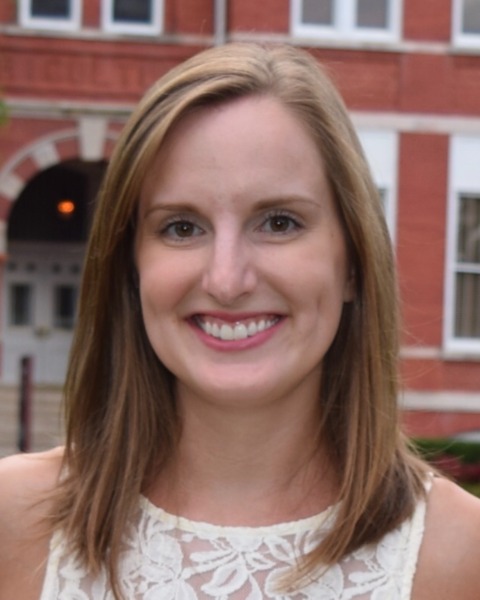Suicide and Self-Injury
Examining proximal risk factors for non-suicidal self-injury among adolescents during inpatient hospitalization
(PS9-C57) Examining Proximal Risk Factors for Non-suicidal Self-injury Among Adolescents During Inpatient Hospitalization
- LF
Lia E. Follet, M.A.
Research Assistant
Harvard University
Brighton, Massachusetts - AM
Alexander Millner, Ph.D.
Research Associate
Harvard University
Cambridge, Massachusetts - RB
Ralph Buonopane, Ph.D.
Director
Franciscan Children's Hospital
Brighton, Massachusetts - VJ
Victoria Joyce, B.S.
Research Assistant
Franciscan Children's Hospital
Brighton, Massachusetts - CN
Carol Nash, M.S.
Director Emeritus
Franciscan Children's Hospital
Brighton, Massachusetts 
Matthew K. Nock, Ph.D. (he/him/his)
Research Scientist
Harvard University
Cambridge, Massachusetts
Evan Kleiman, Ph.D. (he/him/his)
Assistant Professor
Rutgers University
Piscataway, New Jersey
Kelly Zuromski, Ph.D. (she/her/hers)
Research Associate
Harvard University
Cambridge, Massachusetts
Author(s)
Co-Author(s)
Background: Non-suicidal self-injury (NSSI) is prevalent among adolescents, with approximately 14% engaging in this behavior in the past year (Lim et al., 2019). Mental health treatment can often be helpful in reducing the frequency of NSSI. However, NSSI still occurs relatively frequently when adolescents are receiving inpatient mental health care (Phillips et al., 2012; Zhand et al., 2016). Little research has examined risk factors for NSSI during hospitalization, even though identification of such factors may inform treatment and facilitate reduction of NSSI events. Outside the hospital setting, risk factors for NSSI have been identified such as negative interpersonal events (Turner et al., 2016) and self-reported sleep quality (Liu et al., 2017). In the current study, we sought to further understand risk factors for NSSI during hospitalization. To do so, we examined whether several risk factors (i.e., negative interpersonal events and prior night’s sleep quality) are associated with same-day NSSI in a sample of hospitalized adolescents.
Method: Participants were 97 adolescents (ages 12-19, M age = 15.78, 79% female) recruited from an adolescent inpatient unit who completed daily surveys during their hospitalization. On average, participants were on the unit for 11 days. Daily surveys included questions about occurrence of NSSI (yes/no), sleep quality (rated on a 0-10 scale), and occurrence of negative interpersonal events (yes/no; e.g., had an upsetting phone call or visit with family).
Results: Approximately 20.6% of participants reported NSSI while on unit. Results of a multilevel logistic regression suggested a positive association between experience of any stressful event and occurrence of NSSI (OR = 1.76, 95% CI = [1.23, 2.51], p = .002). There was no main effect of prior night’s sleep quality on NSSI and no interaction effect, indicating that prior night’s sleep did not moderate the association between stressful events and NSSI.
Conclusion: Results indicate that negative interpersonal events are associated with same-day NSSI among hospitalized adolescents. These results suggest that implementation of interventions that help adolescents reduce their distress related to social stressors may help reduce NSSI. Incorporation of more immediate, real-time interventions outside of treatment sessions (e.g., smartphone based just-in-time adaptive interventions) may be helpful. Contrary to our expectations, we did not find that subjective sleep quality predicted NSSI nor did it moderate the association between negative interpersonal events and NSSI. Given the high prevalence rate of NSSI on inpatient units, future research should explore other short-term, modifiable risk factors (e.g., rumination and negative affect) that may represent good treatment targets.

